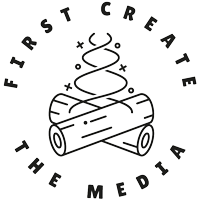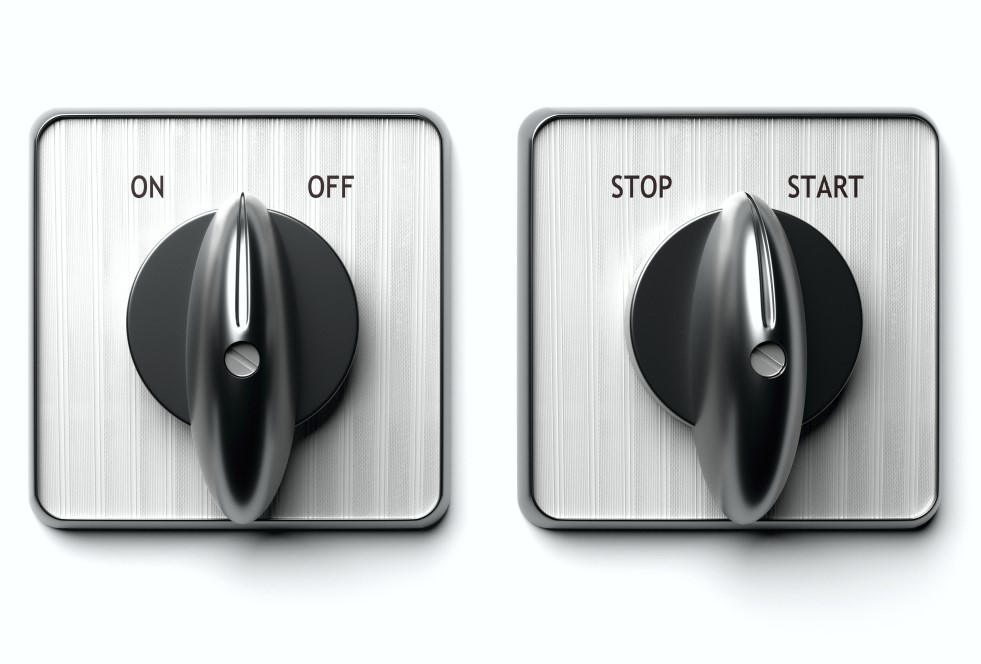By Kat Arney, Founder and Chief Creative Officer at First Create The Media. Want more tips for telling stories about your science? Sign up for our newsletter.
We hear a lot about the importance of telling stories, whether it’s about scientific research or more broadly about an organisation.
We’ve talked elsewhere about some of the key structural components of a story – namely a beginning, middle and end – but here I want to dig into what I believe is probably the single most important element of any story.
To give us a clue as to what, here’s the fabulous Pulp with a track that is inexplicably more than 25 years old.
Make the change
Storynomics by storytelling legend Robert McKee and Skyword CEO Thomas Gerace talks about how to use the tools of storytelling to get your message out to the audiences that matter.
There’s a lot that anyone working in life sciences can learn in there about how to construct compelling stories about companies and what they do to change the world.
However, the one thing that really stuck with me was the idea that at the heart of every story lies what they call a ‘value binary switch’.
It sounds a bit technical but it’s simple when you think about it.
All great, engaging stories are fundamentally about change. We start in one situation and end up in another (or maybe end back where we started, but older and wiser for it…)
What changes? The underlying value.
Switch it up: Understanding the ‘story switch’ in storytelling
By value I mean the fundamental state of the situation, which can change in either a negative or positive way.
For example, in the fairy tale Rapunzel, the story takes us through a positive change from incarceration to freedom.
If you want a more grownup version, think about a film like The Great Escape or The Shawshank Redemption. Either way, this positive change makes us feel good and happy on behalf of the protagonists.
By contrast, Shakespeare’s grand tragedy Romeo and Juliet is a negative switch from love to loss, leaving a lingering sense of sadness at the waste of young life.
Obviously, when you’re creating a story about your scientific work, ideas or organisation, you’ll probably want to craft it around a positive value change (although if anyone has ideas for how a negative one would work, I’d love to know!)
Here are some story switches that I’ve found are useful to consider when it comes to crafting stories about research and companies in the life sciences:
- Darkness > Light
- Hate > Love
- Suspicion > Trust
- Despair > Hope
- Scarcity > Abundance
- Ignorance > Knowledge
- Incarceration > Freedom
- Confusion > Clarity
- Doubt > Certainty
- Fear > Confidence
- Loneliness > Togetherness
- War > Peace
- Helplessness > Empowerment
- Chaos > Harmony
- Danger > Safety
- Sickness > Health
- Pain > Comfort
- Anxiety > Calm
- Stuck > Moving
- Or something else?
Putting it into practice: Using the switch in storytelling
Start with identifying your story switch first and deliberately craft your story around it, rather than hoping that it will somehow become clear once you’ve started. And remember that your story, and the story ‘switch’ may be different for different audiences – such as investors, partners, clinicians, customers or patients – depending on what their problem is and what represents value for them.
Once your switch is in place, then consider the other elements of your story and how they can be used to take your reader/listener/viewer on a journey from one side of the binary to the other.
First, set up the story to give a sense of the starting state. Where are we? Who’s here? And what’s the situation they find themselves in? (To come back to our favourite storytelling model, this is your ‘Once upon a time…’)
Next comes the action (“But then one day…”). Things need to happen to these characters in order to effect the value change, with enough relevant details so that the reader can understand what’s happening but not so much that they become confused about what’s going on.
Finally, craft the ending (“Then from that day on…”) Here’s where you paint the picture of what the world is now like, or could be like, after this change has occurred.
Here at First Create The Media we love working with our clients in the life sciences to create compelling stories about how they are changing the world. Get in touch to see how we can help you, and sign up for our newsletter to get regular updates and tips.
Photo licensed from Envato.

